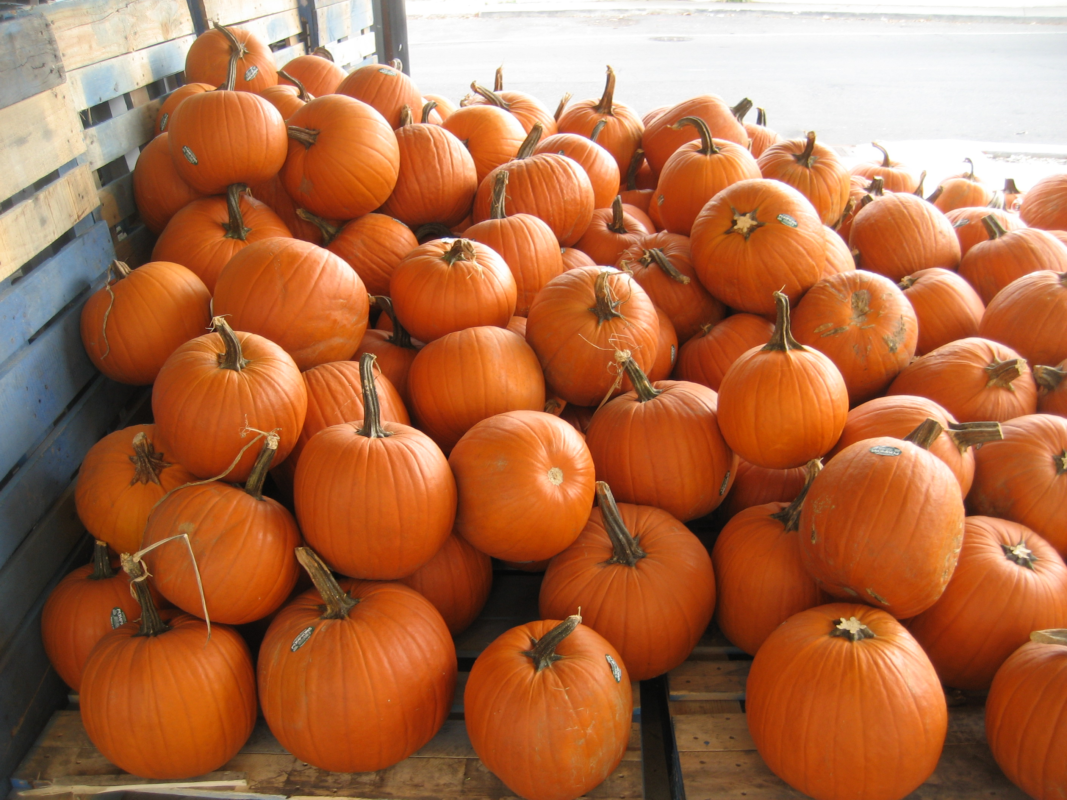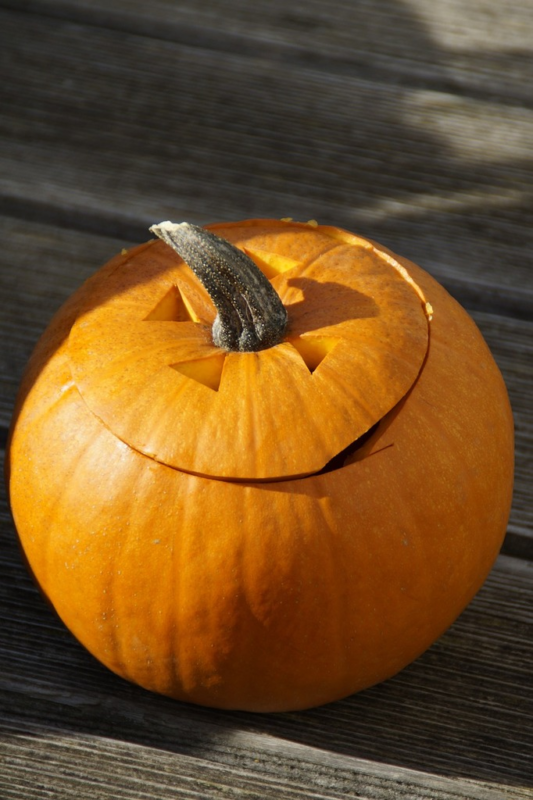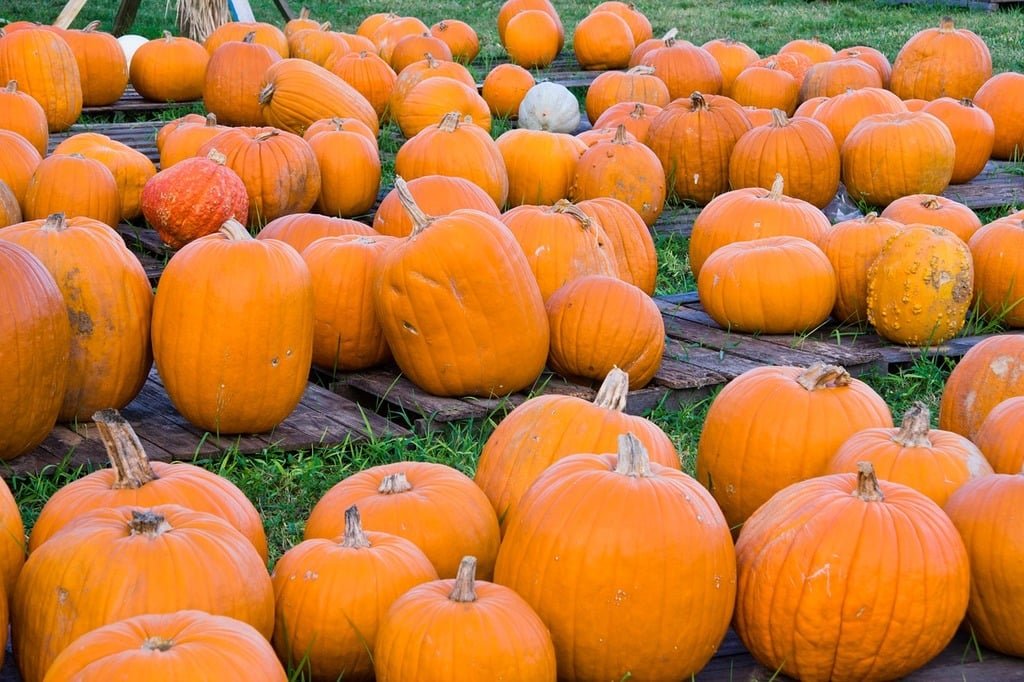Gardening
How to Successfully Grow Pumpkins at Home: A Complete Guide
Growing pumpkins at home can be a rewarding and enjoyable gardening experience, whether you’re aiming to carve jack-o’-lanterns for fall or harvest fresh pumpkins for homemade pies. This comprehensive guide walks you through every step of the pumpkin-growing process—from selecting the right seeds to preparing your soil, managing pests naturally, and ensuring a successful harvest.
You’ll learn how to choose the best planting location, understand the importance of warm soil and full sunlight, and discover how to space your pumpkin plants properly to support healthy vine growth. The guide also covers essential care tips including proper watering techniques, effective fertilization, and smart mulching strategies to retain moisture and prevent weeds.
Ideal for gardeners of all experience levels, this resource also includes troubleshooting advice for common pumpkin-growing problems such as powdery mildew, vine borers, and poor fruit development. Whether you have a large backyard garden or are limited to container growing, this guide provides clear, actionable steps to help you cultivate strong, vibrant pumpkin plants right at home.
By the end, you’ll be equipped with the knowledge to grow pumpkins that are not only healthy and flavorful but also picture-perfect for your fall display or family recipes. Perfect for seasonal gardeners, homesteaders, or anyone wanting to try their hand at growing their own pumpkins from seed to harvest.
Getting Started: What You’ll Need
Before you start planting, it’s important to prepare your space and gather a few essential materials:
- Pumpkin seeds (or seedlings, if you prefer a head start)
- Rich, well-draining soil
- A sunny garden spot
- Adequate space or large containers
- Compost or aged manure
- Watering tools
Ideal Conditions for Growing Pumpkins

Pumpkins are warm-season crops that thrive in the right environment. Here’s what you should aim for:
1. Temperature
Soil temperatures should be at least 70°F (21°C) before planting. For optimal germination and growth, 90–95°F (32–35°C) soil temps are ideal.
2. Sunlight
Pumpkins require at least 6–8 hours of direct sunlight per day. The more sunlight they receive, the better your chances of growing large, healthy fruits.
3. Space
Pumpkin vines spread quickly and need room. Standard varieties can take up to 50–100 square feet per plant. For smaller gardens, choose compact or dwarf varieties, or grow in large containers (5–10 gallons or more).
4. Soil Quality
Enrich your garden bed with compost or aged manure. This improves drainage and ensures the soil is packed with the nutrients pumpkins need to thrive.
Planting Your Pumpkin Patch

Best Time to Plant
The ideal window for planting is late May through early July, depending on your climate. Make sure the threat of frost has passed and the soil has warmed sufficiently.
Planting Methods
In Mounds (“Hills”)
- Form small hills of soil, spaced 4 to 8 feet apart.
- Plant 4–5 seeds per hill, about 1 inch deep.
- Once seedlings reach 2–3 inches, thin to 2–3 strong plants per hill.
In Rows
- Sow seeds 6 to 12 inches apart.
- Space rows 6 to 10 feet apart.
- Thin to 1 plant every 18–36 inches once sprouted.
Watering & Irrigation
Pumpkins need consistent moisture to grow, especially during flowering and fruit development. Aim for 1 inch of water per week, ideally through drip irrigation or soaker hoses to avoid wetting the leaves, which can lead to disease.
Tip: Keep soil evenly moist but never soggy. Avoid watering overhead.
Feeding and Fertilizing
Pumpkins are heavy feeders and benefit from nutrient-rich amendments throughout the growing season:
- Before planting: Mix compost or well-rotted manure into the soil.
- Early growth: Use a high-nitrogen fertilizer to support leafy growth.
- When vines start running: Switch to a phosphorus-rich fertilizer to support flowering and fruiting.
Supporting Healthy Growth

Mulching
Apply mulch (like straw, leaves, or grass clippings) around plants to:
- Retain moisture
- Reduce weeds
- Protect against pests
Pollination
Pumpkins need bees and other pollinators. Avoid using pesticides during blooming. If needed, hand-pollination can help increase fruit set.
Training & Pruning
For smaller spaces, you can train pumpkin vines on a trellis. Pruning excess vines or removing additional fruit can direct energy to your best pumpkins.
Harvesting Your Pumpkins
Pumpkins are typically ready 75–100 days after planting. You’ll know they’re mature when:
- The rind is hard and deep orange.
- They sound hollow when tapped.
- The vine starts to die back.
Use a sharp knife or pruners to cut the stem, leaving a few inches attached. Handle pumpkins gently to avoid bruising.
Storing Your Harvest
Cure your pumpkins by leaving them in the sun for about a week after harvest. Then, store in a cool (50–60°F), dry space. Properly cured pumpkins can last 8–12 weeks or more.
Tip: Once carved, pumpkins will typically last just 5–10 days.
Common Pests and Diseases
Watch for these issues during the growing season:
| Problem | Description |
| Squash Bugs | Sap-sucking insects that can wilt and damage plants. |
| Cucumber Beetles | Feed on leaves and flowers; can spread bacterial wilt. |
| Aphids | Small insects that weaken plants by draining sap. |
| Squash Vine Borers | Larvae that burrow into vines, causing wilting. |
| Powdery Mildew | White powdery fungus that affects leaves and stems. |
| Anthracnose | Fungal disease that causes dark spots on leaves and fruit. |
To manage these issues:
- Use row covers early in the season (remove when flowering begins).
- Apply natural pest control methods when possible.
- Remove any infected plants or fruits promptly.
Final Tips for Pumpkin Growing Success
- Don’t overcrowd your pumpkin patch.
- Avoid overwatering, especially around the base of the plants.
- Support ripening pumpkins with cardboard or boards to prevent rot.
- Rotate crops yearly to reduce disease risk.
Wrapping Up
With the right preparation and care, growing pumpkins can be a fun and fruitful gardening project. Whether you’re aiming for decorative gourds or giant carving pumpkins, following these guidelines will help you cultivate a successful harvest.
Looking for more gardening tips? Explore topics like natural pest control, beginner gardening tools, or how to start composting.

